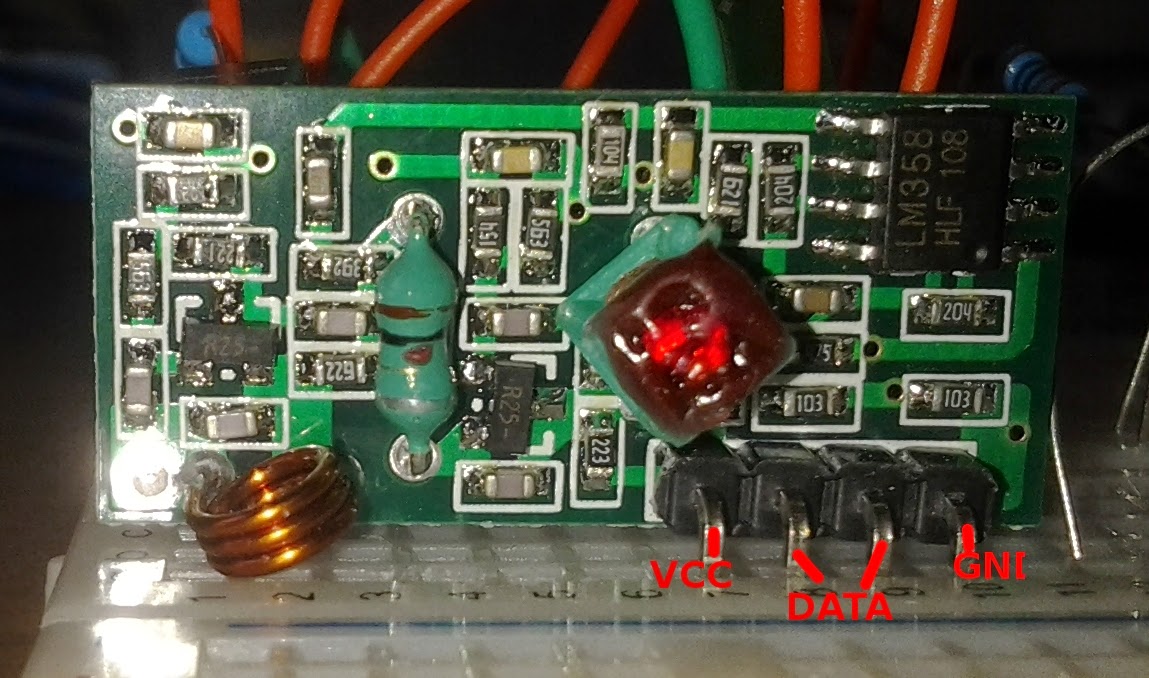

These are the parts you will need to connect the two Arduinos and the LM35 temperature sensor: The result will be showing on the serial monitor but you could use an LCD display. Some sage advice: never wire up anything other than a mains device with mains “cab-tyre” (blue, brown, green) cable.įor the local Arduino, just a power supply or battery, or the power from the USB port will do. We will connect the LM35 to the remote unit and a battery and the 3-wire link. So instead, we will use the SoftwareSerial library that comes as default with the Arduino IDE and it will create a completely independent set of serial ports for us to use. However, if you will do this, your signal would clash with trying to program the Arduino from the USB port as well as the serial window which by default uses these pins. It might seem obvious to connect the Arduinos’ two serial ports together (data pins 0 and 1). Now, let’s try to build that LM35 and two Arduinos. Or if you want it in Farenheight, convert as follows: tempF = (tempC*1.8) + 32. The Arduino can convert this to a temperature in deg C as follows: The temperature range is -55 to +150 degrees C.

This is an analog voltage and so must be connected to an analog pin on the Arduino. In other words, 25 degrees C will produce 250mV on the Out pin.

The center Out pin is a voltage source giving 10mV per degree Celsius. The outer 2 pins are connected to a supply voltage anywhere from 4V to 30V. It covers all of the steps, diagrams, and code you need to get started. If you need a library that is not available on the Arduino Library Manager, you can either copy the library source files to your project or submit it to the Arduino Library Manager.BONUS: I made a quick start guide for this tutorial that you can download and go back to later if you can’t set this up right now. Look for the name field of the library.properties file.Īt the moment, only libraries from the Arduino Library Manager are supported. Alternatively, you can find it inside the source code of the library. You can find the library names in the Arduino Library Manager. Lines that start with "#" are comments.įor example, the following file will install the latest versions of Servo and FastLED, as well as version 2.3.0 of MySensors: List the libraries that you want to include, one library per line. To add third-party libraries to your project, add a "libraries.txt" file to your project. You'll see a autocomplete dropdown with #include suggestions for popular libraries.īy default, Wokwi compiles your code with the standard built-in Arduino libraries, such as Wire.h and SPI.h. To include a library, go to the code editor and type # on an empty line.


 0 kommentar(er)
0 kommentar(er)
